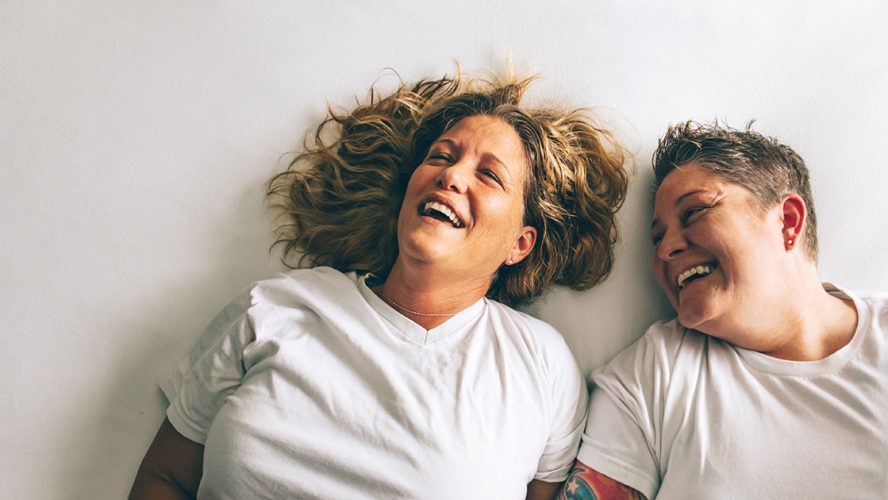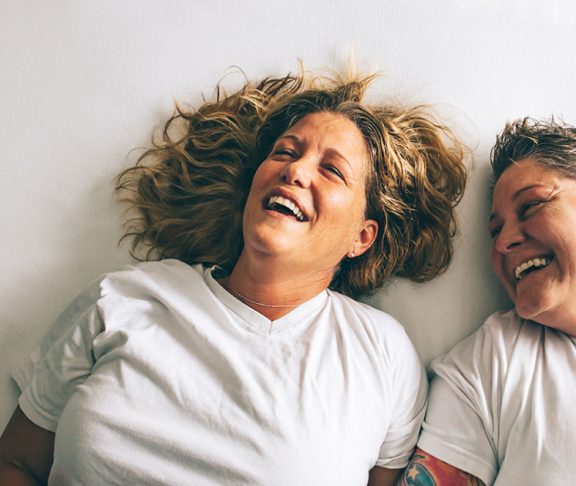The use of commercially-available sleep-tracking devices, such as Fitbit, Garmin and others have increased in recent years. But only some claims made by these devices are supported by science.
In the last decade, the public has become increasingly aware that healthy sleep is important. Outlets such as the Huffington Post and USAToday have brought sleep to the mainstream media. In addition, the rise of sleep disorder diagnoses and high rates of insufficient sleep within society have made people more aware of their own sleep health. As a consequence, many people track their sleep on a nightly basis. However, enthusiasm about healthy sleep is not yet paralleled by our ability to accurately measure healthy sleep on the consumer-level.
The factors of sleep health
Sleep health is made up of several factors. These include sleep length, number of awakenings and sleep stages. Currently, sleep-tracking devices are only able to accurately measure sleep length. Using accelerometer technology, sleep length is generated by the detection of body movements. Research has shown several commercially-available sleep-tracking devices do indeed generate sleep length measures similar to those generated by devices traditionally used in research settings. However, these devices tend to overestimate sleep time, meaning sleep length generated by the device is longer than actual sleep time.
But is sleep length a good measure of sleep quality? Most people agree a long night with poor quality sleep is less satisfying than a shorter night with good sleep. That is because more complex measures of sleep are better indicators of sleep quality. Gold standard measures of sleep stages require monitoring brain waves via a technique called polysomnography. Most sleep-monitoring devices are wrist-worn and cannot measure brain activity. Several devices have attempted to assess sleep stages using other physiological data from the wrist, such as heart rate and oxygen concentration in the blood. Yet sleep stages generated by these physiological measures are not the same as sleep stages generated from brain waves. The accuracy of sleep stages for most of these devices has not been tested independently by scientists. This is a critical step in ensuring consumers are receiving accurate information.
Improving sleep-monitoring devices
Sleep disorders can also complicate the picture. For instance, seven and a half hours of sleep for someone with an undiagnosed sleep disorder such as sleep apnea or insomnia, both of which can cause many awakenings throughout the night, is not the same as seven and a half hours of healthy sleep. Similarly, individuals with insomnia could be lying in bed stationary, but their sleep-tracking device may detect “sleep” because they are motionless. Therefore, users may be fooled into thinking they are sleeping healthily even when they are not.
Despite limitations associated with sleep-monitoring devices, they are continually improving. Although some measures generated by these devices are not yet valid, it is possible that software and hardware improvements will bring about more accurate and detailed information for the consumer. Given the public’s enthusiasm for monitoring sleep, it is likely the sleep-monitoring industry will continue to expand and evolve in the coming years. Even then, consumers should demand independently conducted studies proving these devices do what they claim before fully relying on them as true measures of sleep. Consumer devices can play an important role in raising awareness of healthy sleep and helping people sleep better when they provide accurate, useful information. The American Academy of Sleep Medicine and Sleep Research Society jointly recommend adults get seven or more hours of sleep per night. If modified to be more reliable, sleep-tracking devices can be useful in helping consumers reach this goal.

